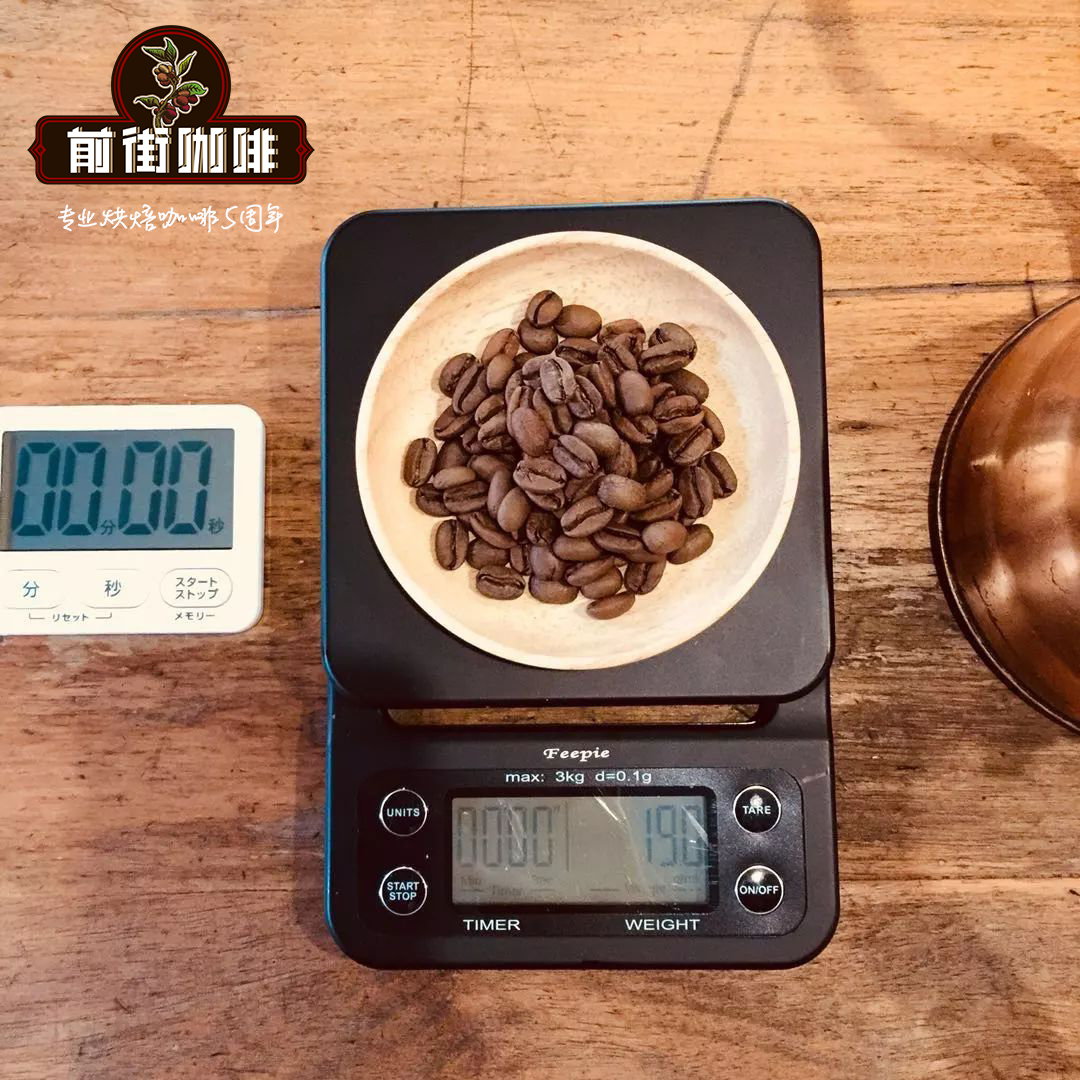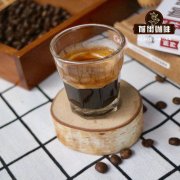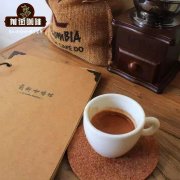It is better to choose sour coffee beans or bitter coffee beans.

Professional coffee knowledge exchange more coffee bean information please follow the coffee workshop (Wechat official account cafe_style)
Before formally cooking Philharmonic pressed coffee beans, make sure that these items in the photo are ready. The bamboo mixing rod is the KONO bought before, which is basically not the original accessory XD of Philharmonic pressure.
Basically, my recent habit of brewing coffee beans is to grind the coffee beans when boiling water. Take a spoon of about 12g coffee beans and grind them with the small Fuji ghost tooth scale 6.
There are two specifications of the Philharmonic pressure metal filter. At first I used the finer version, but then I switched to the thick filter (although I always had a doubt about why I called him the filter, it was obviously impossible to hit the net). Because there is a way to reduce the amount of fine powder left in the cup, it would be better to use a coarse filter to increase the speed of the water. )
Although it is a coarse filter, the aperture of the printed side is slightly smaller, so I will put the small side on the coffee powder side.
Just like this, and lock it.
Put it on KONO's hand and flush it off the pot.
Pour in the ground Philharmonic coffee bean powder, then pour the hot water to the position of scale 4.
If you don't mind the fine powder so much, you can flush your hand off the pot and replace it with a coffee cup, press it straight out with the Philharmonic, and then you can wash one less equipment. Personally, it is because I can use the pot to precipitate some fine powder, so I find my hand to pour down the pot to fill the coffee.
Pour in hot water and let stand for about 10 seconds, then stir with a stirring stick, basically just pressing the coffee powder into the water, just like stirring the pot when cooking plug air.
After that, directly wet the Plunger and put it on, press the coffee out. You don't need too much strength. It feels like putting your hand on it and using the weight of your hand is enough.
I will not press the coffee powder into a cake, usually there will be air between the coffee liquid and the Seal on the Plunger. When the Plunger is pressed close to the bottom, the heated air will squeeze the coffee liquid out of the Chamber because of the pressure. So I don't need to press to the end to squeeze out all the coffee liquid, usually as long as I stop about 2-3 centimeters from the bottom, the air pressure will help me squeeze out all the coffee liquid.
During this process, you can also hear the "Zizi" sound coming from the strainer. When you hear that sound, that is the time when I stop pressing.
Basically my own taste is light, so don't expect to see any normal play here (what is grinded to the thickness of Espresso and then boiled, which is too scary for me).
It just so happens that there are a lot of residual powder of coffee beans in this photo, otherwise there is usually no residual powder.
The reason why I use this way is that I just have to pay attention to the brewing time. The time for deep-roasted coffee beans is shorter, while the time for lightly roasted coffee beans is longer. I think the original design intention of Philharmonic pressure is to pursue the convenience of cooking and cleaning, so my idea of Philharmonic pressure cooking will try to be as simple as possible.
Important Notice :
前街咖啡 FrontStreet Coffee has moved to new addredd:
FrontStreet Coffee Address: 315,Donghua East Road,GuangZhou
Tel:020 38364473
- Prev

How to make organic coffee the advantages of drinking organic coffee are compared with those of ordinary coffee.
Professional coffee knowledge exchange more coffee bean information please pay attention to coffee workshop (Wechat official account cafe_style) coffee beans-organic coffee is the attitude towards life foodie may not be able to eat the difference between machine vegetables and coffee bean-like vegetables, but there is no lack of experienced coffee fans say they can tell the good taste of organic coffee is different from ordinary coffee; but in most organic foods
- Next

Is it difficult to make coffee with Philharmonic pressure at home? do you have any equipment to prepare?
Professional coffee knowledge exchange more information about coffee beans Please follow the coffee workshop (Wechat official account cafe_style) in the coffee world, utensils are second only to coffee beans. As a coffee lover, do you know all kinds of coffee utensils? Even the same coffee beans will give off different flavors according to the utensils used ~ come with the editor this time.
Related
- Beginners will see the "Coffee pull flower" guide!
- What is the difference between ice blog purified milk and ordinary milk coffee?
- Why is the Philippines the largest producer of crops in Liberia?
- For coffee extraction, should the fine powder be retained?
- How does extracted espresso fill pressed powder? How much strength does it take to press the powder?
- How to make jasmine cold extract coffee? Is the jasmine + latte good?
- Will this little toy really make the coffee taste better? How does Lily Drip affect coffee extraction?
- Will the action of slapping the filter cup also affect coffee extraction?
- What's the difference between powder-to-water ratio and powder-to-liquid ratio?
- What is the Ethiopian local species? What does it have to do with Heirloom native species?

